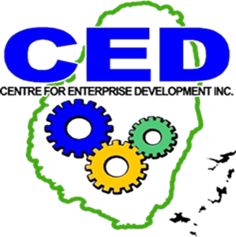What is Costing?
Costing is the way the entrepreneur calculates or works out how much each individual product (goods or services) costs to produce or sell.
Why is it important to cost before pricing?
To be able to set the price of the product fairly and competitively.
Components of Costs
Direct or Variable Costs: Vary directly with the number of items made or sold. This includes all money spent for supplies and materials to make the product or to provide the service. For example, the cost of raw materials, packaging, and labor.
Indirect or Fixed Costs: Are the business expenses or overheads that must be paid whether or not its products are sold. Indirect costs include items such as rent, electricity, telephone, salaries, insurance, and depreciation.
What is Pricing?
Pricing is deciding what to charge for your goods or services.
Factors Affecting Pricing
- How the competition prices the goods and services you plan to provide.
- Expectations about sales and expenses.
- How much money the owner wants or needs to make.
- Market tolerance.
- Suppliers' pricing terms and inventory costs.
Some suppliers have established pricing for their goods and services which are often pre-priced. Some franchisers also set the price of their products.
Deciding what to Charge
The amount decided on must meet the following:
- High enough to cover all costs of production.
- Enable the entrepreneur to earn 'reasonable' returns.
- Low enough to encourage persons to keep on buying and to tell others about his product.
Four Factors to focus on when setting Price
- Knowledge of what your costs are.
- Knowledge of the prices your competitors are selling at.
- What customers are willing to pay.
- How prices of new goods or services compare with that of existing ones.
Pricing Strategies
- Cost-plus Pricing: determining price by adding a percentage for profit to the total price of the product.
- Pricing to the Market: setting a price for your product based on the price charged by your competitors.
- Discount Pricing: the use of promotions, sales, etc., often to introduce a new product or service.
- Penetration Pricing: reducing the price of your product to attract or keep customers.
- Prestige Pricing: charging more than your competitors to sell a product of high quality and to maintain a certain image or status.
- Demand-oriented Pricing: setting a price for good or service based on an estimate of what customers are willing to pay.
- Target Market Share: lowering the prices of products to increase the business' share of the market, gain exposure, and possible long-term security.
Break-even Point, Pricing, Expenses, and Business Success
Calculating the Break-even Point can help entrepreneurs to decide if:
- The price of an item should be increased or decreased.
- Expenses should be modified.
- The potential for succeeding is high or low.
